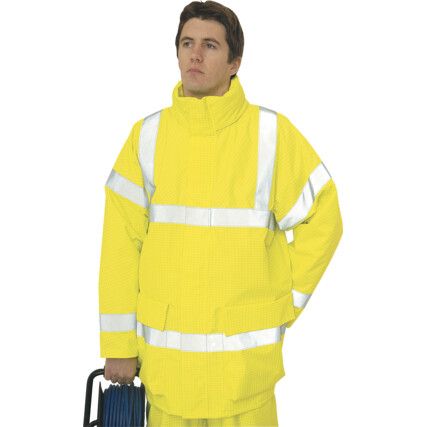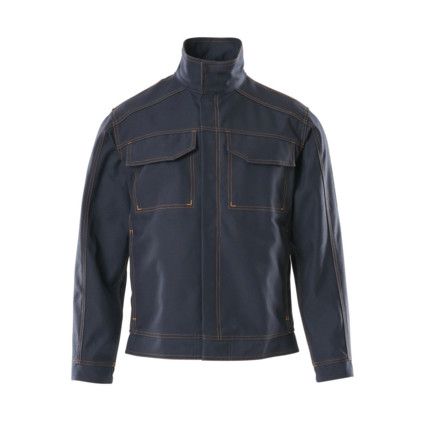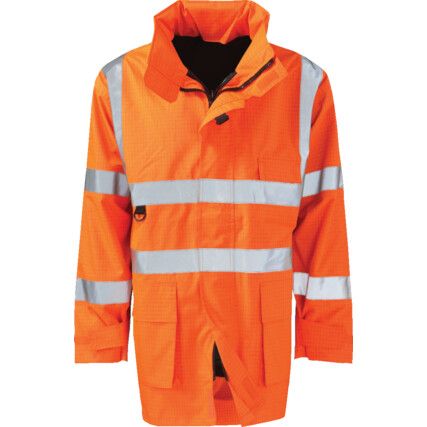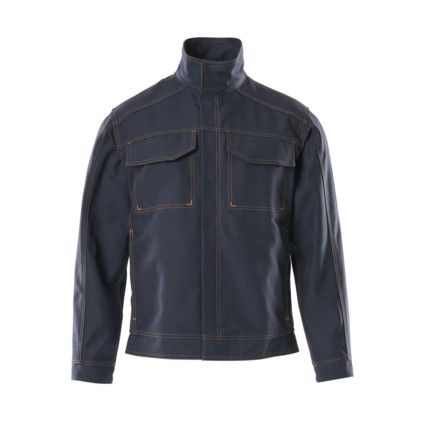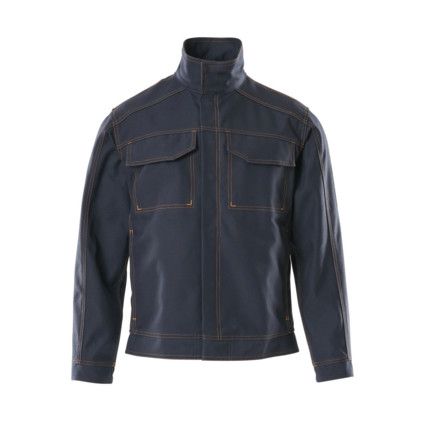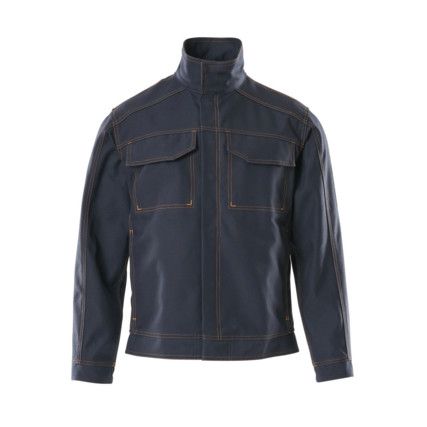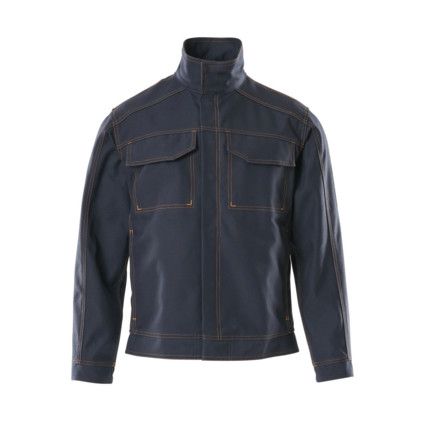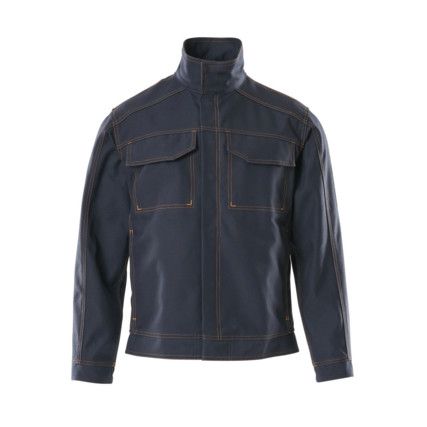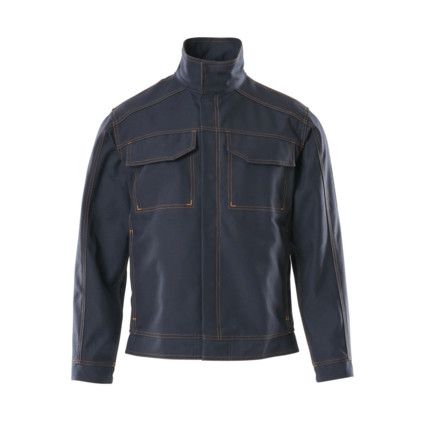ARC Flash & Flame Retardant Jackets
Arc flash protective clothing is worn by electricians working with high levels of electrical current such as power sources, lines and generators or wherever there is the potential for a high-powered electrical arc. Cromwell stock a range of quality arc flash protective and flame retardant jackets form brands like Portwest, Orbit International and Mascot, so you can be assured that the kit you choose is of a high standard of safety.
What are arc flash protective jackets?
Ac flash clothing is designed to protect the wearer from hazards caused by arc flashes.
Arch flashes occur when the voltage cannot be contained by the space or insulation between two conductors. The result sees the electrical current pass into their, consequently the supercharged air ionised and can result in an explosion with large quantities of heat being forced out, up to 36,000 degrees Fahrenheit or just shy of 20,000 degrees Celsius.
In cases where there is enough voltage the arc flash can cause the vaporisation of the conductor which can not only cause molten metal to shoot through the air but a potentially lethal concussive force of 2000psi (for reference 550psi is deadly in 50% of cases). The amount of ultraviolet and infrared light emitted can also cause further heat damage to the body.
Why arc flash jackets?
Arc flash protective clothing is flame retardant and helps to reduce the risk of clothing catching fire during an arc flash, ensuring protection.
When should arc flash jackets be worn?
When dealing with or less than 10 feet away from an electrical connection of over 120 volts, arc flash clothing should be worn. Examples of this type of work is work carried out by electrical linemen, station inspectors or field engineers. It is recommended that if you regularly work with 15 feet of high voltages then you should be wearing arc flash protective clothing, like an arc flash jacket.
Types of arc flash jackets
Arc flash jackets come in many types and styles, some standard designs others with hi-vis options. Jackets make up just a portion of arc flash safety wear to conform to arc flash safety categories, of which there are 4. This is measured by arc energy incident analysis, and is numerated in calories per centimeter squared (cal/cm2.) To conform to the safety sandards set in your industry you should ensure the correct level of protection is worn at all times when on the job.
• Cat 1 - Minimum 4 cal/cm2 - The requirements to achieve this standard are an arc rated longsleeve shirt or jacket, trousers or coveralls, with face shield, wrap around balaclava or arc flash suit hood.
• Cat 2 - Minimum 8 cal/cm2 - The requirements to achieve this standard are an arc rated flash suit hood or face shield, sock hood (balaclava).
• Cat 3 - minimum 25 cal/cm2 - The requirements to achieve this standard are an arc rated suit jacket, trousers, coveralls with a minimum arc rating of 25 cal/cm2. With an arc rated flash suit hood with a minimum arc rating of 25 cal/cm2 -along with rubber insulating gloves with leather protectors, or arc-rated gloves.
• Cat 4 - minimum 40 cal/cm2 - The requirements to achieve this standard are an arc rated suit jacket, trousers, coveralls with a minimum arc rating of 40 cal/cm2. With an arc rated flash suit hood with a minimum arc rating of 40 cal/cm2 -along with rubber insulating gloves with leather protectors, or arc-rated gloves.
Considerations when choosing an arc flash jacket
• The category required - It is imperative for safety that the category required for the work undertaken be adhered to, as the very nature of an ach flash can be fatal if appropriate clothing is not worn.
Arc flash and flame retardant jacket jargon buster
Here at Cromwell, we're committed to ensuring that you make a confident purchasing decision. Below, we've outlined some key terms to help you to better understand our range of arc flash and flame retardant jackets.
What does the standard EN IEC 61482-2:2020 mean?
Whilst it may look complex on the surface, the standard can be broken down into smaller chunks to be better understood. The overarching standard upholds protective clothing to ensure it effectively protects against the thermal arc hazards of an electric arc.
EN: This refers to the European Standards, shortened to EN due to the German name for the governing body Europäische Norm.
IEC: This stands for International Electrotechnical Commission, which is the standards organisation that is responsible for standards relating to electrical, electronic and related technologies.
61482-2: This refers to the legislation number relating to this specific standard.
2020: The year that the standard was last reviewed and updated.
FAQs
How likely is arc flash?
In most well-maintained electrical environments the risk of arc flash is generally accepted to be minimal. However on the unlikely event of it occurring the damage to both the environment and people can be devastating.
